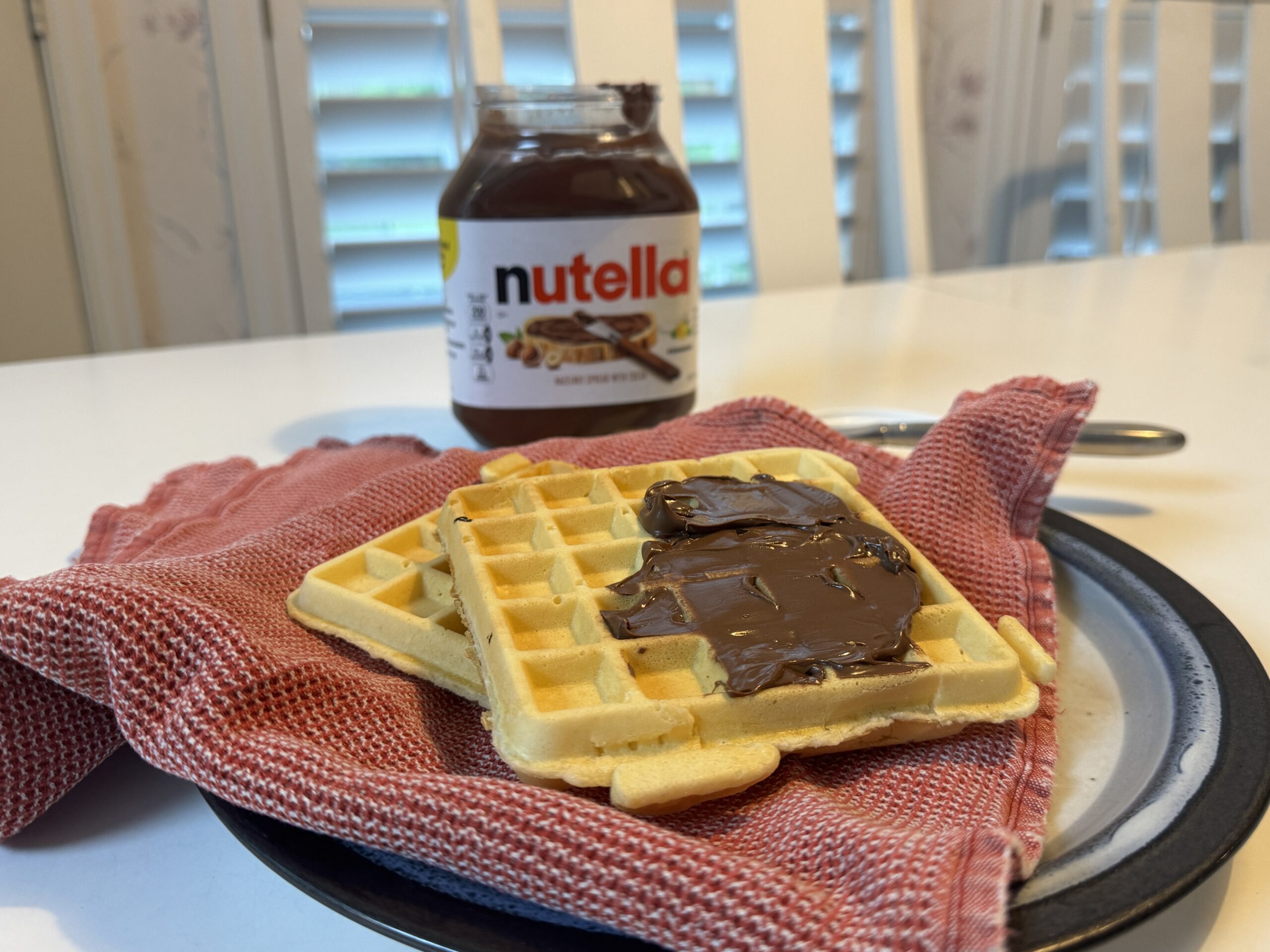Fiend At Court Unplugged
One of the immutable differences between pickleball and tennis is the size of the court. Four pickleball courts can be constructed in the same space as would generally be allocated to one tennis court. In fact, the “four pack” arrangement of pickleball courts into the same size area as a tennis court is a very good configuration for considering the social dynamics of pickleball.

When playing tennis, there are a maximum of four active players in the court area. In pickleball, that number rises to sixteen. Additionally due to the geometry of the court, the maximum distance between the two furthest players for pickleball is approximately the same distance between the tennis server and receiver when both players are at the baseline.
The size and dimensions of the tennis court gravitated to the distance in which the participants can effectively communicate with each other, the dimensions of which are now codified into the ITF Rules of Tennis. When two tennis courts are adjacent to each other, the players on one end of the first court generally can’t communicate well with players on the far end of the second court. When the number of tennis courts is increased to 4, the majority of the tennis players can no longer verbally communicate with each other.
Pickleball games are relatively short and a “winners move up / losers move down” mechanism for progressive play seems to be the predominant form of pick up play at my neighborhood park. Crosstalk is generally present across the entire playing community within the confines of the pickleball four-pack. The structure of the courts greatly enhances the social dynamic of playing the sport.
Trying to replicate that effect for tennis by using progressive play methods is hampered by a much greater learning curve for the tennis. This results in a significantly higher skill level range between players in tennis when compared to pickleball. The reasons for the learning curve disparities were discussed yesterday in “Learning Curves: Pickleball vs Tennis.” Pick-up tennis is an uncommon phenomenon.
Due to the tighter player density on pickleball courts, the increased ability to communicate across the courts builds a sense of community and interaction that is not as easily replicated in tennis. It is an incredible advantage for pickleball. I have both hosted and played in 4 court progressive tennis events. It takes a lot of work and communication to coordinate the court changes. It is fun, but not the same experience that I have observed in pickleball.
Story Time with the Fiend at Court
One of my husband’s tennis buddies recently relayed to me a story that captures the dominance of pickleball over tennis.
During the COVID-19 shutdown, when all the staffed tennis centers were locked up tight, avid players migrated to park courts. One such tennis foursome arrived at the park courts one morning to discover that they were already overrun with pickleball players. The tennis foursome pointed at the sign on the gate that indicated that the courts were for “tennis only.” Additionally, it was observed that pickleball lines had been painted on the tennis courts without authorization from the city.
One of the tennis players complained to the municipality about the inappropriate use of the courts for pickleball as well as the defacement of the courts with the addition of the pickleball lines. The city responded. The sign that said “tennis only” was removed from the court.
Tennis is in a Pickle
The conversation needs to shift from tennis versus pickleball to tennis and pickleball. In fact the industry leadership is already way ahead the general tennis population on this point. Tennis Industry magazine has proudly changed it’s name to Racquet Sports Industry. The United States Professional Tennis Association (USPTA) offers certifications in the instruction of Pickleball. Many local facilities have either lined tennis courts for pickleball or constructed dedicated pickleball courts. One such facility is the USTA national campus.
Choosing to fight the bow wave of pickleball is a futile endeavor. So is trying to make tennis more like pickleball. There are inherent differences in the sport that make that an impossibility. The strength of tennis is in the characteristics that distinguish the sport from pickleball. As a tennis community we need to accept and embrace that fact.
- Pickleball Court Dimensions: A Helpful Guide, Lin Reid, Pickleball Fix, February 18, 2019, viewed September 5, 2020.
- Pickleball at the National Campus, USTA National Campus Web Page, viewed September 5, 2020.
Related Content
I first wrote about pickleball in “Learn To Play: Tennis vs Pickleball.“
Part 1 of this series is in “Tennis, Pickleball, and Acorns: It’s Nuts.”
Part 2 of this series was in “Learning Curves: Pickleball vs Tennis.”




Austin will soon be welcoming Pickle Ranch, a new pickleball facility in South Austin on Slaughter Lane, east of IH-35. It will feature 28 pickleball courts, 2 sand volleyball courts (more like beach tennis if you ask me) , and food trucks. Coming soon!!